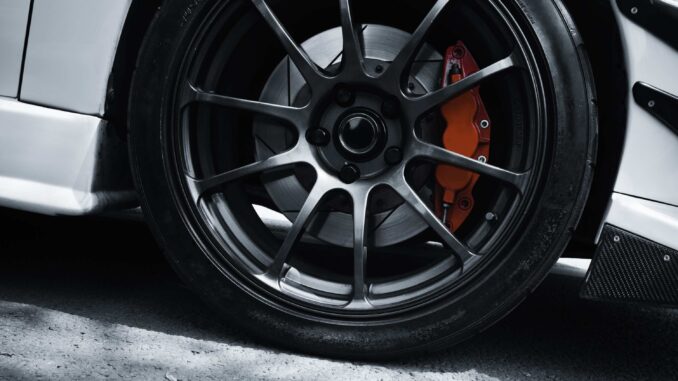
The braking system is one of the most important systems in a car. It takes care of safety while driving and its malfunction, or total damage can lead to disaster.
That is why it is so important to take care of this and send any alarming signals to the mechanic. In this article, you will learn what to look for when driving a car.
Glowing ABS indicator on the instrument panel and complete locking of the wheels when braking
The ABS system helps when braking and cornering especially on slippery surfaces. It prevents the wheels from locking during sudden braking.
The indicator on the dash panel lights up most often due to a failure of the wheel speed sensors. These sensors are located at the wheel hubs and are exposed to road salt, mud, high temperatures and humidity.
Noise, vibration, metallic friction sound and “beating” when braking.
Increased noise, vibrations, and the feeling of “beating” during braking are caused by worn-damaged brake pads or discs.
Blocks and discs are consumables, they should withstand a minimum of tens of thousands of kilometers. Much, however, depends on the driving style of the driver and the type of car. Dynamic, mountain riding with frequent braking can warm the discs up to red. Driving with such hot shields into a puddle of cold water can lead to their warping or even cracking. After buckling the discs we will feel the aforementioned “beating” with a characteristic trembling of the steering wheel during braking.
Metallic sound (in many cars also in combination with a glowing indicator on the dashboard) we will hear when the blocks are completely worn out or when they are just of very poor quality.
In the event of complete wear of the friction lining, the metal of the pad housing begins to rub against the metal brake disc, hence this unpleasant noise.
Rims getting hot during driving and the smell of burning.
The cause of constant heating of brakes and rims are malfunctioning, most often corroded brake calipers. The calipers consist of pistons and guides in which the blocks move. Corrosion means that they do not want to go back to the starting position, they stop without a break. Faulty clamps should be cleaned, regenerated or replaced with new ones. Make sure you choose the best brake pads.
Rolling the car despite the handbrake applied
If the car rolls off a hill when the handbrake is applied, it is a signal that it is no longer 100% efficient. In most cases, to deal with a problem simply adjust it.
Often, however, the failure of the handbrake is caused by the fact that it is not used every day. In fact, the manual should always be used when parking the car. Otherwise, its mechanism will be blocked due to, among others, progressive corrosion of the elements.
Another cause of hand brake malfunction may be a broken cable. In this case, it should simply be replaced at a trusted car service.
Soft brake pedal and decreasing efficiency after warming up
The reason for the decreasing brake performance and the feeling of a soft pedal is usually the unsustainable brake fluid. Brake fluid is a very hygroscopic substance – it absorbs water from the air even through the rubber brake hoses.
Diluted brake fluid has a lower boiling point, which means that after a few more rapid braking the braking performance drops drastically.
Soft brake pedal and fluid leaks
If the brake pedal suddenly falls to the floor, we have a serious problem. This is a symptom of a complete lack of pressure in the system. The most common reason is a damaged flexible hose or metal through which fluid leaks when braking. Occasionally, such symptoms also indicate damage to the master cylinder.
Now, remember to take care of, clean, and check your brake system every time it is possible. This way you will get rid of the risk of an accident and additional repair costs.

Be the first to comment